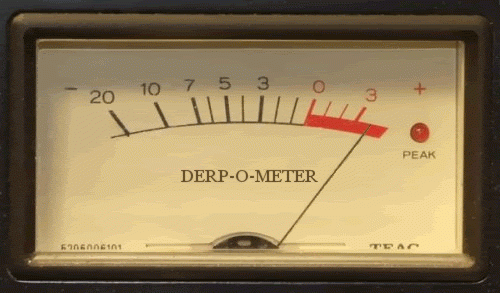EDWARDS AIR FORCE BASE, Calif. – The short take-off and vertical landing variant of the F-35 Lightning II Joint Strike Fighter successfully completed a major prerequisite test for in-flight performance Aug. 15.
BF-2 completed the first air starts, which test the ability of the F-35’s propulsion system to restart during flight. Verifying the restart capability of the propulsion system is part of the initial flight test program for the F-35 and a prerequisite for high angle-of-attack testing, scheduled to start next year.
“High alpha, or angle-of-attack tests, are important for us to fully evaluate the aircraft’s handling characteristics and warfighting capability,” said Marine Corps test pilot Lt. Col. Matthew Kelly. “Maximizing the performance of the airplane around the very slow edges of the flight envelope is probably some of the most challenging testing we will conduct. After we get through it, we'll know a lot more about how this aircraft will perform during combat within visual range.”
Using multiple restart methods during the tests, BF-2 successfully completed 27 air starts at various altitudes. (Lockheed Martin photo by Michael D. Jackson)
More at the Jump


